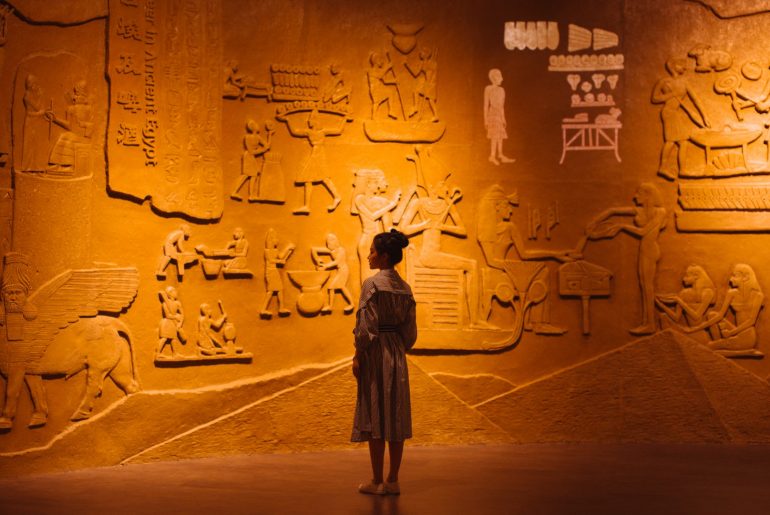As in any other country literature is influenced by the rise and fall of different empires so does of Poland. Polish literary history is carved by the famous and not so known periodic uprising, the rise of various kingdoms, and the influences of Polish writers and budding thinkers. These periods can be dissected as Middle Ages, Renaissance, Baroque, Enlightenment, Romanticism, Positivism, Young Poland, Interbellum, and world war II. These periods contributed to the majority of Polish literature with a rich heritage.

Middle Ages
After the country’s Christianization in 966, the oral literature of the pagans and the Slavic songs were lost to history. The writers like Gallus Anonymus a foreign monk who accompanied King Boleslaw III Wrymouth described Poland in his work Cronicae et Gesta ducum sive principum Polonorum(Deeds of the Princes of the Poles). Some of the most notable medieval Polish works in Latin and old polish are Holy Cross Sermons, Bible of Queen Zofia, and the Chronicle of Janko of Czarnkow and Pulawy Psalter. These were influenced mainly by sacred literature which was in Latin. Some of them are Bogurodzica (Mother of God) and Master Polikarps’s conversation with death.
Renaissance
Next was the Renaissance period when the polish language found its equal footing with Latin under the Jagiellonian rule. Many foreign writers came and settled in Poland, including Kallimach and Conrad Celtis. One of the Polish writers of this time who was laurelled by the Pope was Klemens Janicki. A prayer book by Biernat of Lublin called Raj duszny was the first book to be printed entirely in the Polish language.
Later was the period of the Polish Baroque between 1620 and 1764. This era saw a significant increase in Jesuit high schools teaching Latin classics as the preparation part of their political carrier which in turn saw a rise in the number of well-versed poets and versifiers on humanistic grounds. Then came the period of Enlightenment during the 1730s -40s which witnessed the reign of Poland’s last king, Stanislaw August Poniatowski. This era ended around 1822 and was replaced by Polish Romanticism followed by Positivism. The Enlightenment poets include Ignacy Krasicki, Poland’s La Fontaine, and Jan Potocki(1761-1815) who was a Polish nobleman, linguist, and adventurer well known for his travel memoirs. Polish Romanticism was a movement of independence against foreign occupation and expressed the traditional polish way of life. This period of art and literature featured emotionalism and imagination, folklore, and country life-giving high importance to individuality and self-expression. Some of the most famous writers of this era are Seweryn Goszczynski, Maurycy Mochnacki, and Adam Mickiewicz.

After the failed uprising of January 1863 against the Russian occupation, the Polish Positivism flourished which questioned organic work including questions about equal rights for all members of the society. Then came the era of Young Poland which lasted from 1890 to 1918 and saw a surge in visual arts, literature, and music. Authors of this era include Kaeimierz Przwerwa- Tetmajer, Stanisław Przybyszewski and Jan Kasprowicz. The works of this era included topics from a sense of personal mission of a pole to criticism of Polish society and Polish revolutionary history by Stanisław Wyspiański. Henryk Sienkiewicz received the Nobel Prize in literature for his new sense of rising hope for his patriotic trilogy. Further WW II saw all artistic life dramatically compromised. Many writers were deported to concentration camps and many joined the Polish underground resistance movement. Secret meetings were held in cities like Warsaw, Krakow, and Lwow.
Yet after so many depreciative incidences in the literary history of, Poland the country found its way even then and brought forth and continues to bring worthy literary laureates.


